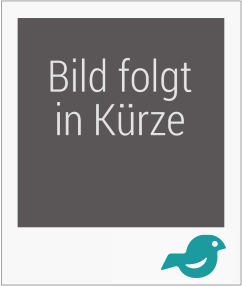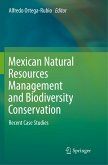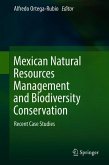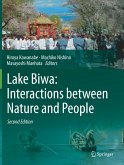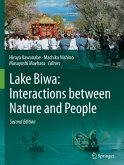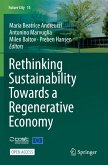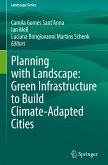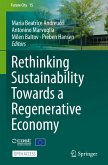This book presents the Design for Conservation methodology, a novel approach that empowers communities and conservation professionals to collaboratively address environmental challenges. By integrating technical, relational, and cultural perspectives, this methodology emphasizes the interconnectedness of ecological systems and the importance of inclusive, participatory strategies. Designed for those eager to collaborate effectively, it offers a detailed Design Thinking framework customized for conservation efforts, emphasizing the importance of placing the natural environment at the forefront of every project. Structured in five phases Reconnect, Understand, Propose and Validate, Plan for Impact, and Deploy each stage offers practical tools and templates to guide users in creating sustainable solutions closely aligned with local contexts. This methodology empowers users to devise solutions that are environmentally sustainable, economically viable, and technologically feasible.
Key concepts include the blending of western scientific knowledge with indigenous wisdom, the role of empathy and inclusivity in conservation efforts, and the necessity of adaptive, long-term ecological strategies. The methodology encourages users to engage with stakeholders and communities, fostering collaboration and co-creation of solutions that are both environmentally and economically viable. The book provides a step-by-step guide to planning and deploying participatory conservation workshops, offering practical tools and templates that can be tailored to any project scope. By allowing multiple worldviews to co-exist, it invites conservation managers, grassroots groups, and educators to rethink traditional methods and embrace a more inclusive, decolonial perspective. With its focus on adaptability and collective action, it serves as a guide for those committed to making a meaningful difference in the regeneration of our natural environment. This book is a vital resource for anyone committed to fostering sustainable, meaningful and impactful environmental solutions.
Key concepts include the blending of western scientific knowledge with indigenous wisdom, the role of empathy and inclusivity in conservation efforts, and the necessity of adaptive, long-term ecological strategies. The methodology encourages users to engage with stakeholders and communities, fostering collaboration and co-creation of solutions that are both environmentally and economically viable. The book provides a step-by-step guide to planning and deploying participatory conservation workshops, offering practical tools and templates that can be tailored to any project scope. By allowing multiple worldviews to co-exist, it invites conservation managers, grassroots groups, and educators to rethink traditional methods and embrace a more inclusive, decolonial perspective. With its focus on adaptability and collective action, it serves as a guide for those committed to making a meaningful difference in the regeneration of our natural environment. This book is a vital resource for anyone committed to fostering sustainable, meaningful and impactful environmental solutions.

